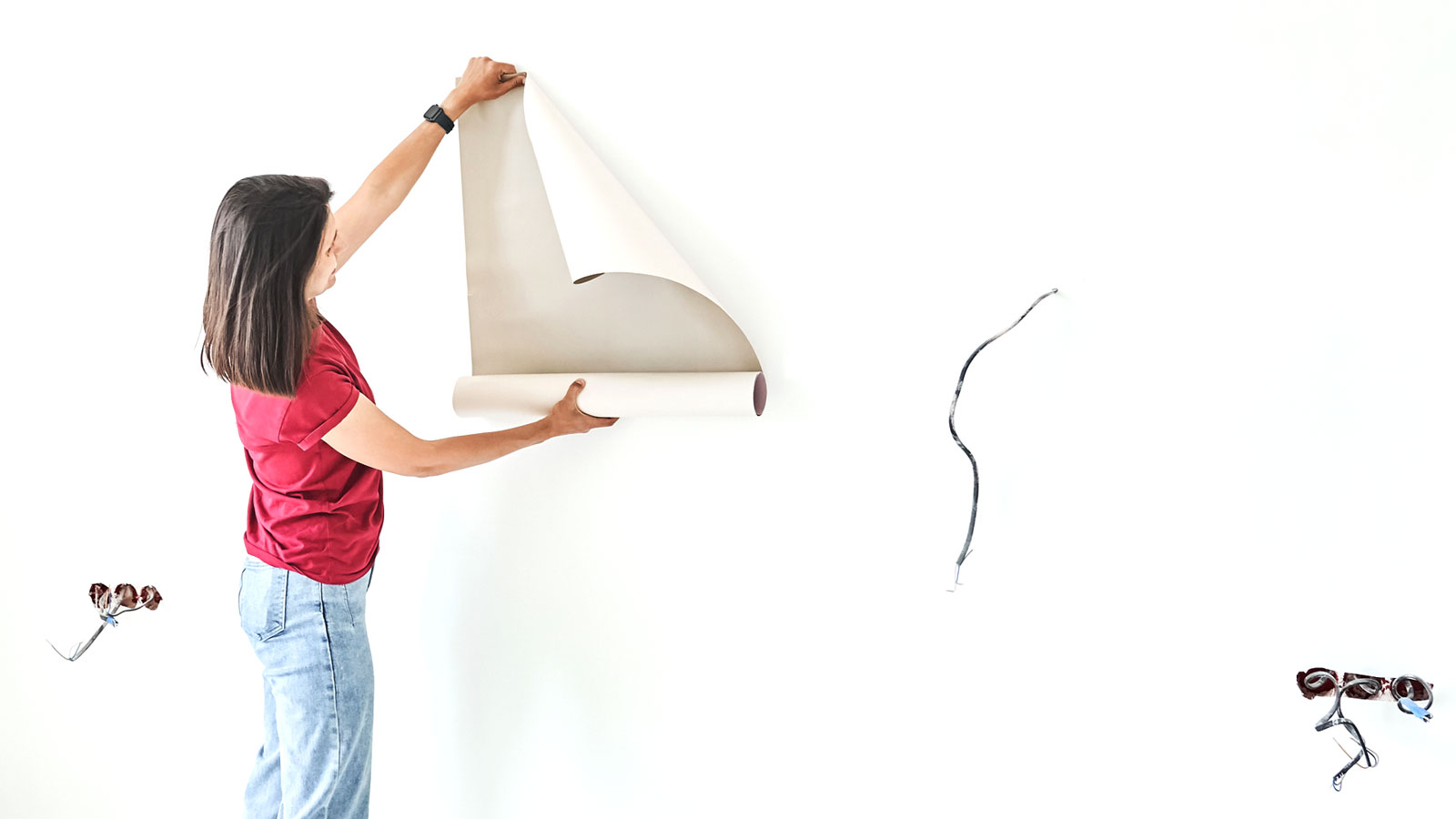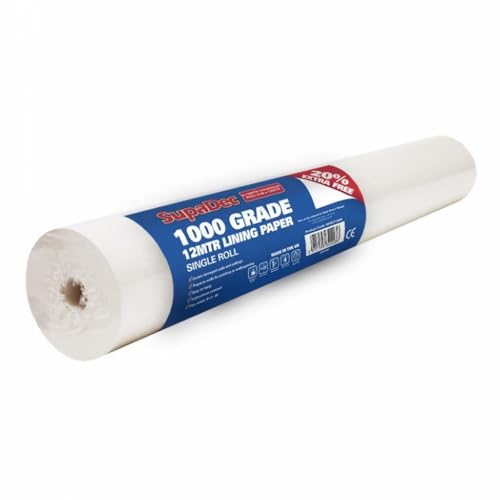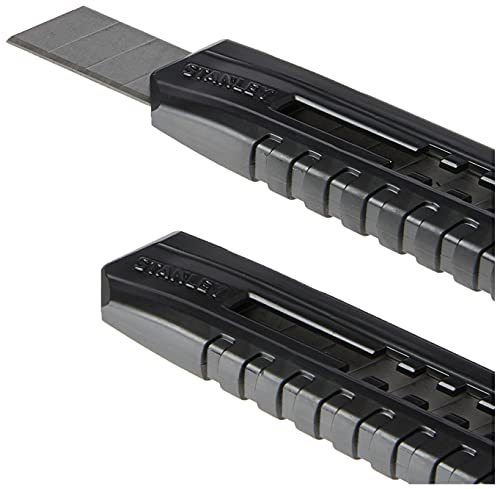Which lining paper grade do you need for your next wallpapering project? Get expert insight to make the right choice
Choosing the right lining paper grade will ensure a secure and stable base to make your walls look good

If you want to hide hairline cracks and visible imperfections, choosing the right lining paper grade can have a big impact on the finished product. It provides a stable and smooth surface ready for wallpaper or paint.
If you know how to wallpaper, you’ll know how to hang lining paper, so the only decision you’ll need to make is choosing the right grade. Typically, the bigger the problem, the heavier grade you should use.
Go for a lighter grade, like 1000, if your walls are in good condition. If not, think about the other end of the scale. Here we run you through what each grade is good for and how to prepare for the first drop.

Stuart Murray has a deep knowledge of design trends, craftsmanship, and material authenticity, vital for understanding lining paper grades in wallpapering.
Lining paper grades: What are available?
There are six common lining paper grades:
- 800
- 1000
- 1200
- 1400
- 1700
- 2000
800 is the thinnest grade, with 2000 being the thickest. Here we look at the different weights and what type of walls and ceilings they are best suited to.
1. 800-1000 grade lining paper
The thinnest grade of lining paper is 800, with 1000 being a close companion and slightly thicker. Stuart Murray, owner of Retro Vintage, says, "The 800 grade is the thinnest and is typically used on walls that are in relatively good condition but might need some extra help to smooth out minor imperfections."
Murray also points out that it's a good choice for painting. "It’s ideal for lightly textured walls or for creating a neat base for painting." He adds, "While it provides a smooth, even surface, it does not cover up major flaws, so it’s perfect for newer or well-maintained walls."
The thinner the paper, the shorter the soak time for wallpaper paste. For 800-1000 grades, leave for eight to ten minutes before applying the lining paper.
Bring your dream home to life with expert advice, how to guides and design inspiration. Sign up for our newsletter and get two free tickets to a Homebuilding & Renovating Show near you.
2. 1200-1400 grade lining paper
The 1200 and 1400 grades are the midpoint for lining paper and slightly thicker than both 800 and 1000 grade lining paper. This makes them ideal for rougher walls with older plaster and larger cracks and small imperfections.
Erfurt Smooth 1400 grade Lining paper from B&Q is a well-known brand and a good choice for covering walls.
3. 1700-2000 grade lining paper
The thickest grades are 2000 and 1700 lining paper, with 2000 being the thickest commonly used. Murray says, "The 2000 grade is the heaviest lining paper, designed for walls with significant imperfections such as deep cracks, holes, or rough surfaces."
He adds, "If the wall is damaged or uneven, this grade is ideal because it creates a strong, durable surface to smooth everything out. It’s also great for heavier wallpaper applications or when you want a very solid, long-lasting base.
However, if you do have crumbling plaster, try to clean and repair the wall before putting up the lining paper. If you're unable to patch the plaster, you may need to remove the loose plaster, fill the hole or area with browning or bonding plaster, and then skim over it. A plasterer may be required if this is beyond your DIY skillset.
Murray adds, "If the walls are dirty or greasy, a good wash is essential. For porous walls, applying a primer can help, as it prevents the paper from absorbing too much paste, which could cause it to warp or peel."
Try these tools for hanging lining paper
Choosing a lining paper grade
What grade lining paper you use on a decorating project will be determined by the condition of the walls, how much preparation is needed and whether you are going to paint or wallpaper over the lining paper.
If you are wallpapering new plaster you will need a light grade lining paper as the wall will be completely smooth. This adds a little extra insulation and provides a great blank canvas for painting.
However, if your walls have hairline cracks you will need a heavier grade lining paper like 1200-1400. For walls in poor condition that are going to be wallpapered use the heaviest grade lining available. But it is still a good idea to repair cracks in plaster before you hang any lining paper to get a longer lasting finish.
How to use the thickest lining paper
The thickest and heaviest lining paper grade commonly used is 2000, but Anaglypta do the Anaglypta Supercover 2500 Smooth Lining paper (available from B&Q), which is described as 'heavyweight and capable of covering up a multitude of sins."
A 2000 or 2500 grade is a good choice for covering walls that have seen a lot of wear and tear, but you’ll need to do some prep before you put up the lining paper. You’ll need to know how to fill holes in walls to ensure a smoother finish and look to sand existing walls to get the best surface.
It's worth noting that if you are just using 2000 grade lining paper to cover up old walls and don’t do any prep there's a good chance you will see the imperfections when painted. You might also see bubbles in the paper when you put it up.
Use a low sheen or matt paint as this is less reflective and helps hide imperfections.
FAQs
Do you hang lining paper horizontally or vertically?
As a general rule, if you are going to paint the lining paper after it has been hung, you want to hang it vertically as you would wallpaper. This is quicker and easier than hanging horizontally.
If you are going to wallpaper after hanging lining paper, the pro approach is to hang the lining paper horizontally. This is known as cross-lining. This helps ensure that the seams on the wallpaper and lining paper don’t match up and gives a strong, secure finish.
How long after hanging lining paper can I paint it?
Newly hung lining paper should be left for at least 24 hours to make sure that it has dried out properly before any paint is applied. If the room is cold then you want to leave it for at least 48 hours. Or, introduce a gentle ambient heat to help speed up the drying process.
Test with a simple hand test — place your hand on the wall and feel if the lining paper feels dry. If it is, you can start painting. Check out our how long does paint take to dry? article to get a guide to drying times.
Whether you are wallpapering a chimney breast, wallpapering around a corner or looking for kitchen wallpaper ideas, choosing the right lining paper grade makes a great base for either wallpaper or paint.
Steve Jenkins is a freelance content creator with over two decades of experience working in digital and print and was previously the DIY content editor for Homebuilding & Renovating.
He is a keen DIYer with over 20 years of experience in transforming and renovating the many homes he has lived in. He specialises in painting and decorating, but has a wide range of skills gleaned from working in the building trade for around 10 years and spending time at night school learning how to plaster and plumb.
He has fitted kitchens, tiled bathrooms and kitchens, laid many floors, built partition walls, plastered walls, plumbed in bathrooms, worked on loft conversions and much more. And when he's not sure how to tackle a DIY project he has a wide network of friends – including plumbers, gas engineers, tilers, carpenters, painters and decorators, electricians and builders – in the trade to call upon.




